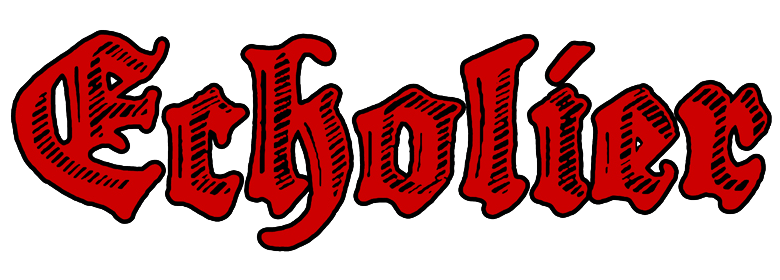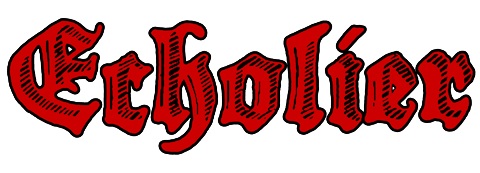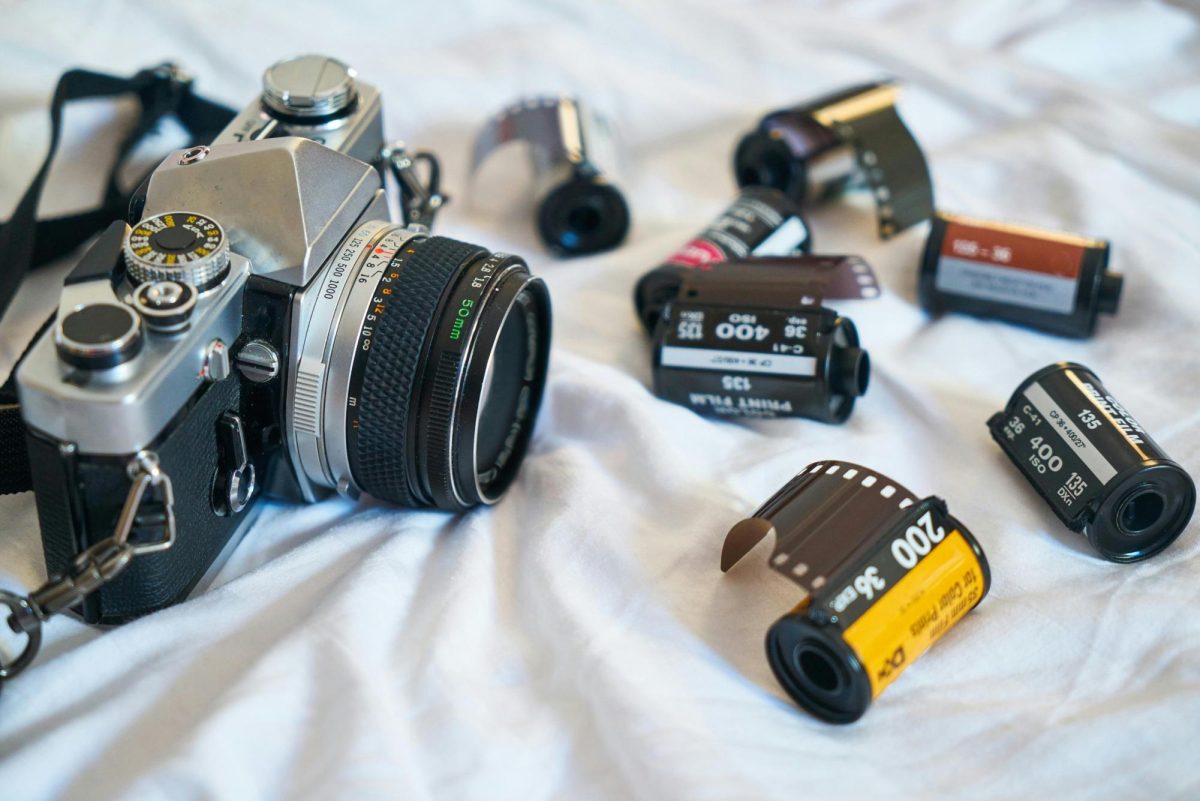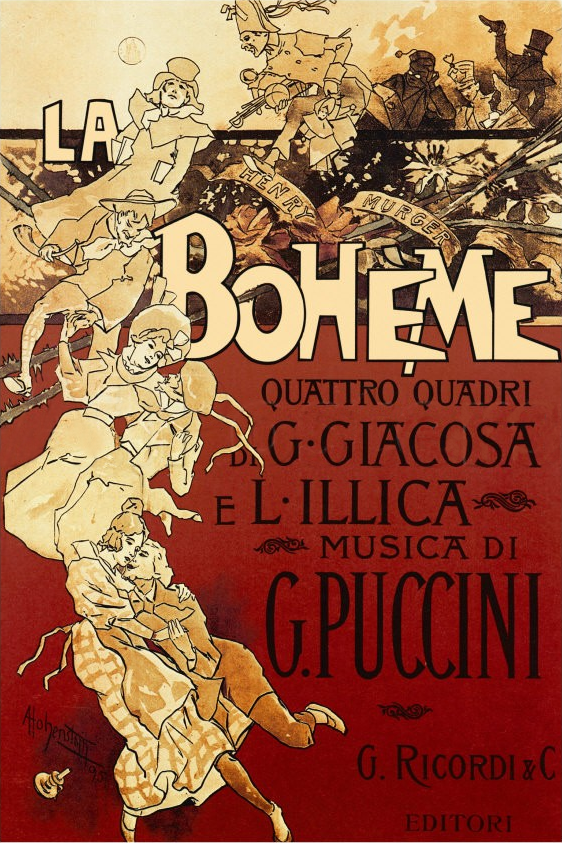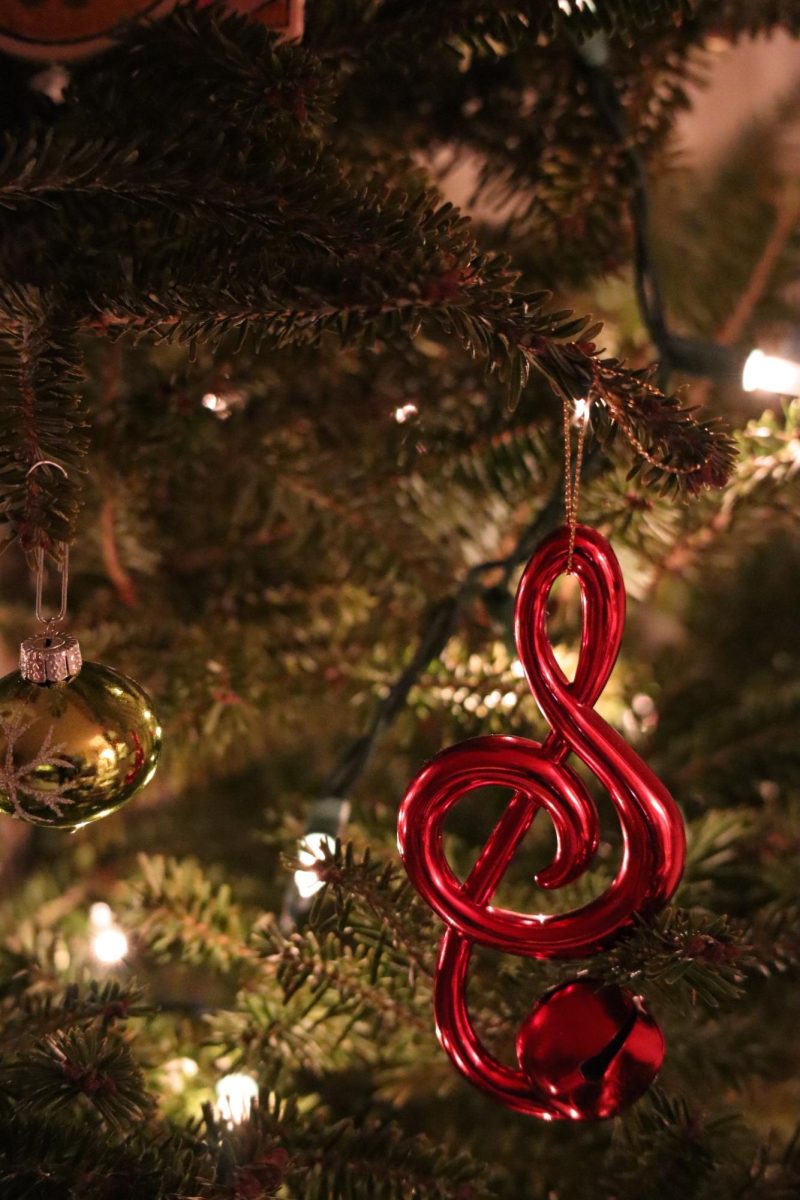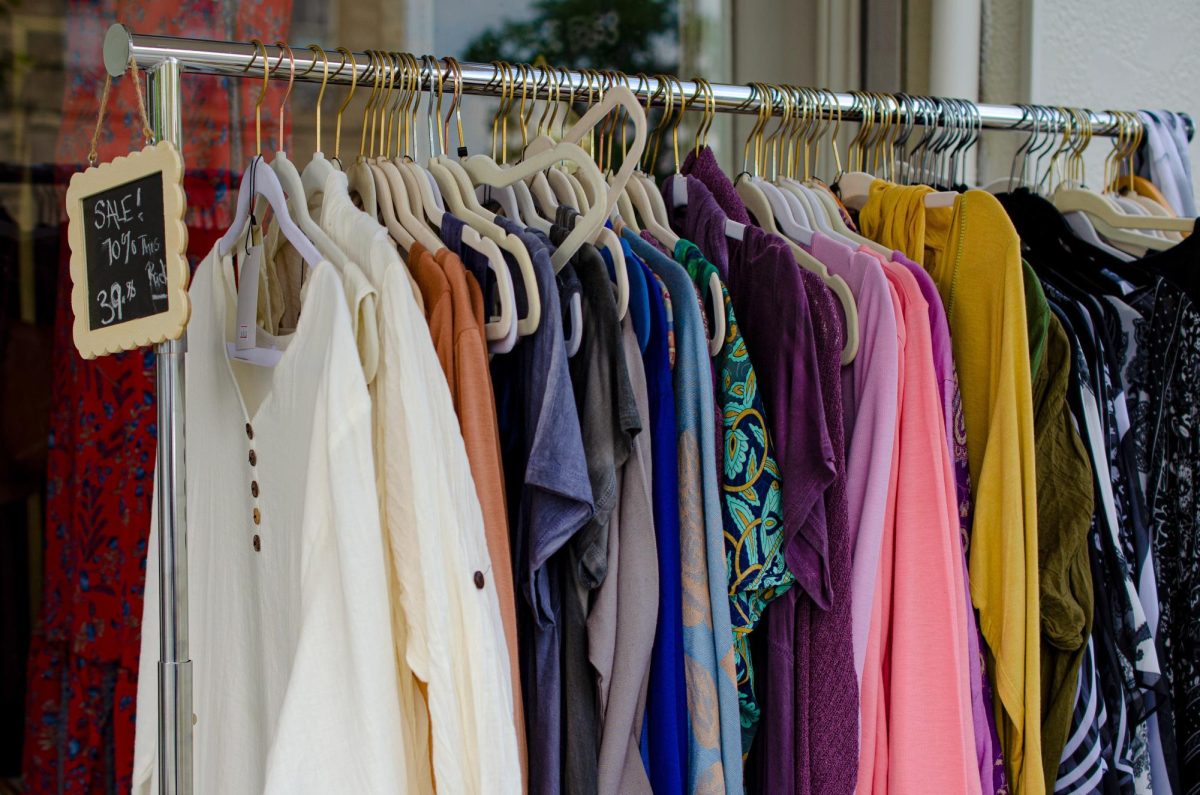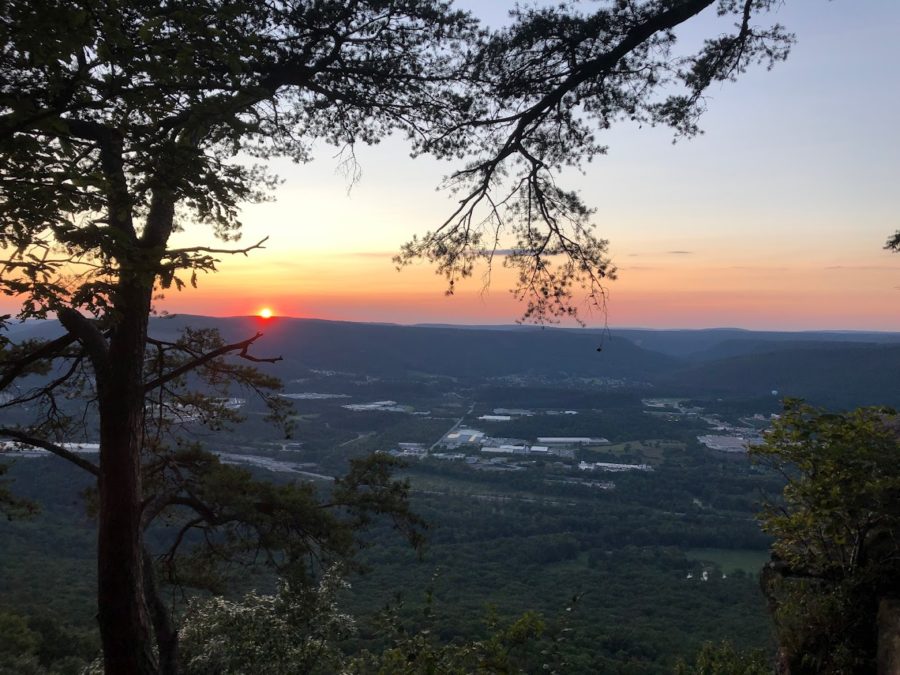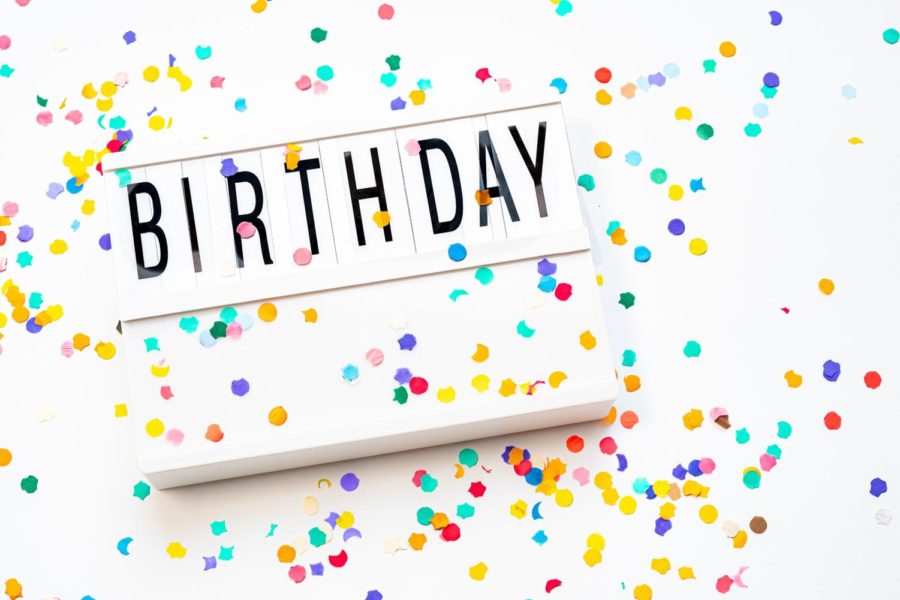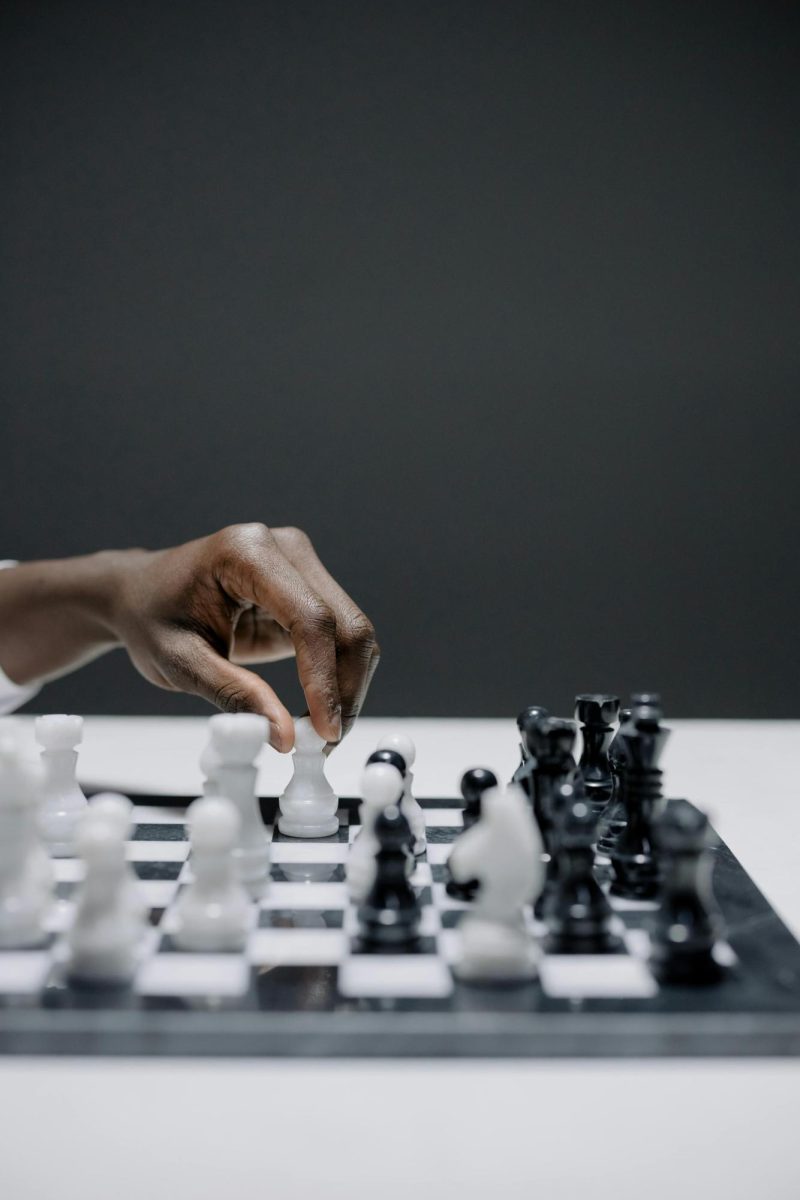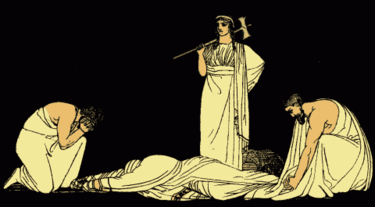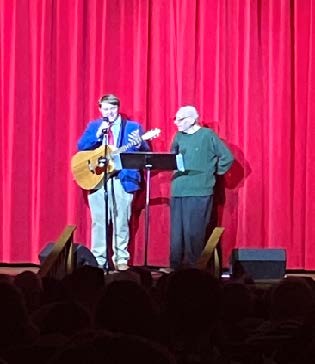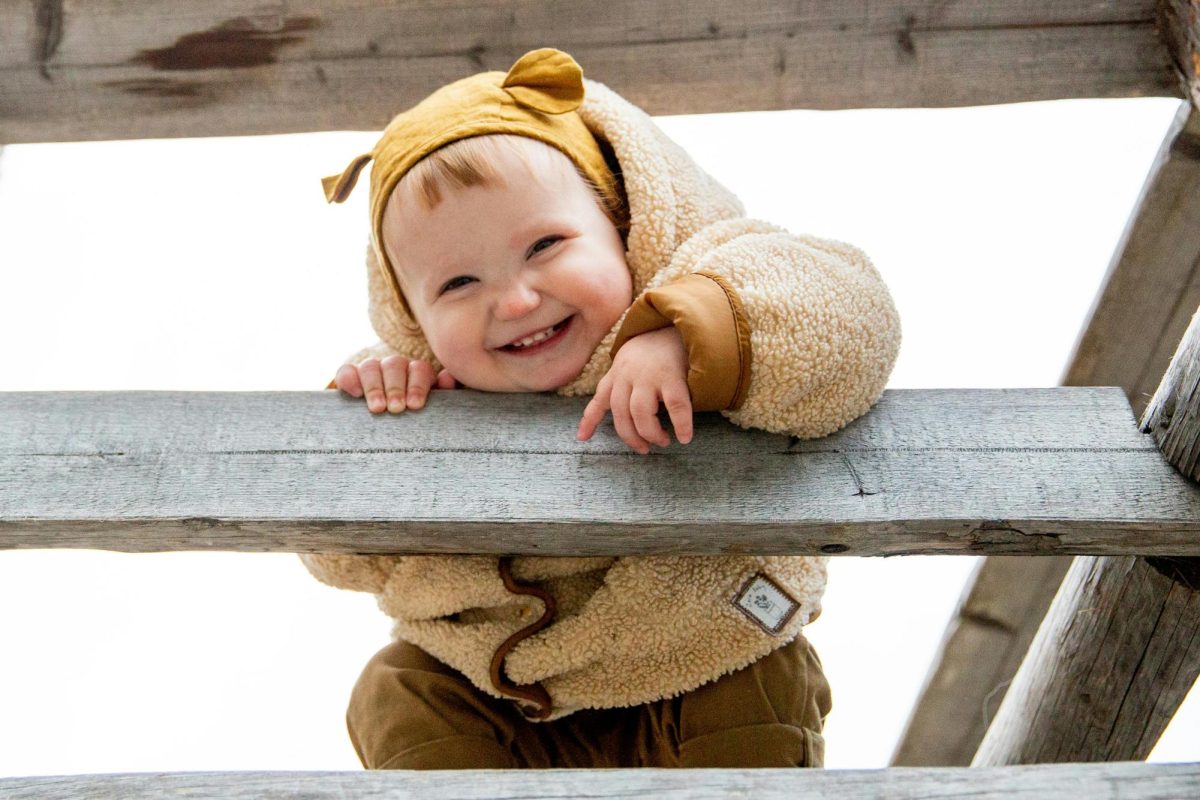In 2004, after the popularity of digital photography increased globally, Kodak, one of the major film and film camera producers, announced that it would discontinue the production of film cameras in Europe and North America. This was followed a few years later by Nikon making the same announcement in 2006. There is no arguing that digital photography is more convenient than analog photography. Digital does not require the need for film to be bought separately, nor the process of getting said film developed and scanned at a film lab, thus also being less expensive. Digital photography allows for a significant increase in photos available to take, not being limited to the standard 36 exposures available on a 35mm roll. However, despite all of this, there is a case to be made for analog photography.
Like all types of art, there is a process to be done when taking a photograph on film. Shutter speed, aperture and iso are all components of a single frame taken, making a single shot into a thought-out work of art. Many film cameras are also mechanical, they are thus usable without the need for charge or batteries, which is an advantage they have over digital cameras and devices. After you finish shooting your roll of film comes the process of getting your film developed and scanned. Unlike in digital photography, when shooting film, you don’t immediately see the photos you have taken. It has been said by many that there is always a great enthusiasm to finally get to see your photos and a great excitement when you finally receive them. In mine and the experience of others, this is always true. Analog photography is also a good format for special events and trips that don’t happen so often. I’ve taken my analog camera on a few trips such as a trip to Europe and the Junior-class history trip, which made both trips all the more memorable.
For all of these reasons and more, analog photography has made a resurgence in recent years. Amongst younger photographers, film has been rising in popularity due to influences in social media and a rising interest in vintage technology. Many have also stated a certain look found only in film photography, giving photos a nuanced and nostalgic feel. These factors and more have paved the way for a general revival of the analog community.
“The interest in analog photography continues to rise more and more,” says Tori Fyfe, co-founder of Safelight District, a local film developing lab located in Chattanooga, “mainly younger folks.”
Since I first began experimenting with film photography, Safelight District has been my go-to place to get my film developed, offering a great quality of services, enhanced more by their locality.
“There was a need in the community for it and we had the equipment and drive to provide the services not only for ourselves but everyone else,” she states, and adds, “Many places you mail your film off to, do not provide your negatives back. We make sure to offer that to everyone.”
Safelight District offers more than developing and scanning services, however. They also offer lessons and workshops, such as introductions to cameras, film development, and darkroom printing, as well as custom black & white prints.
To anyone interested in analog photography, I strongly recommend you to consider Safelight District.
